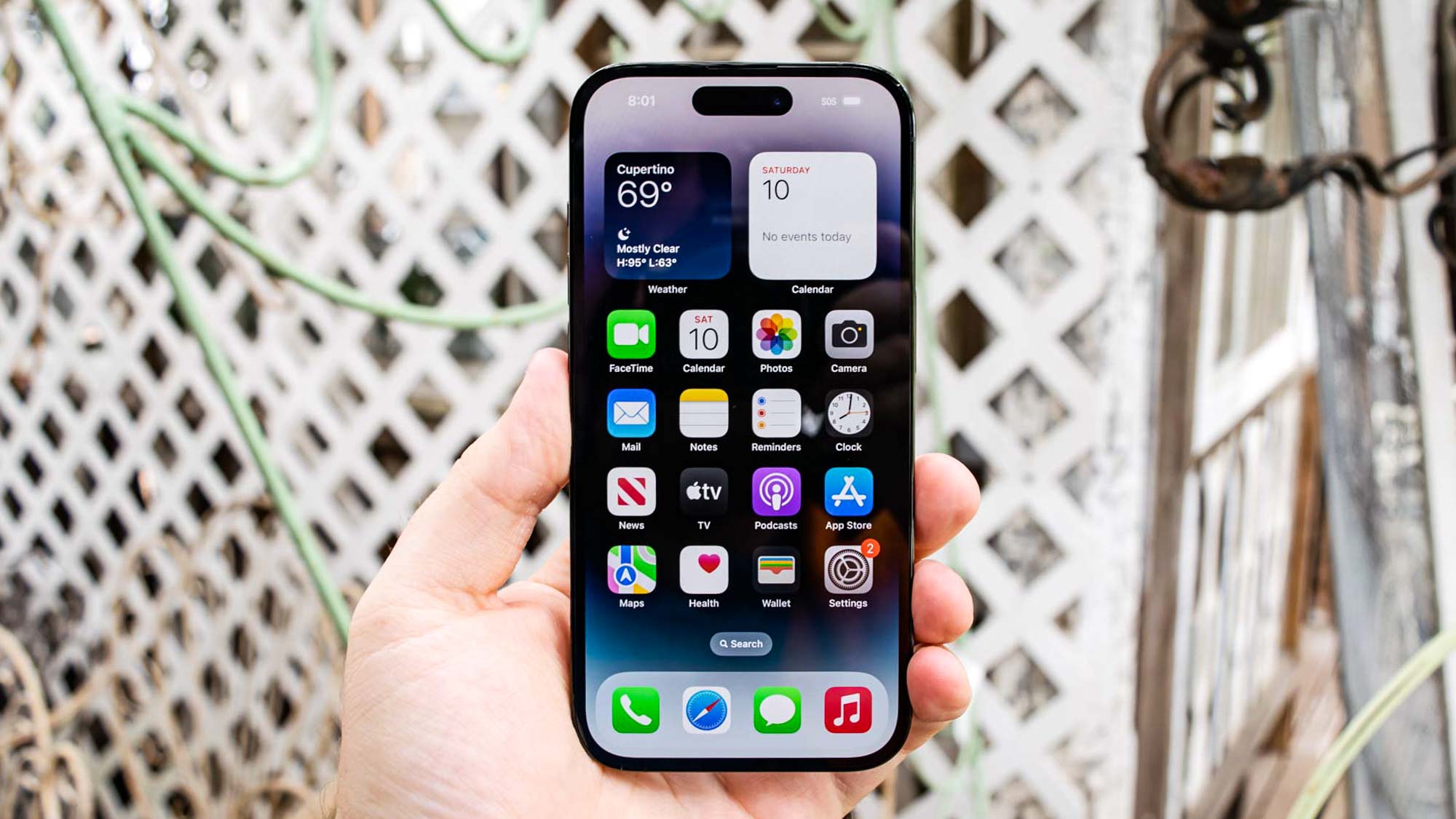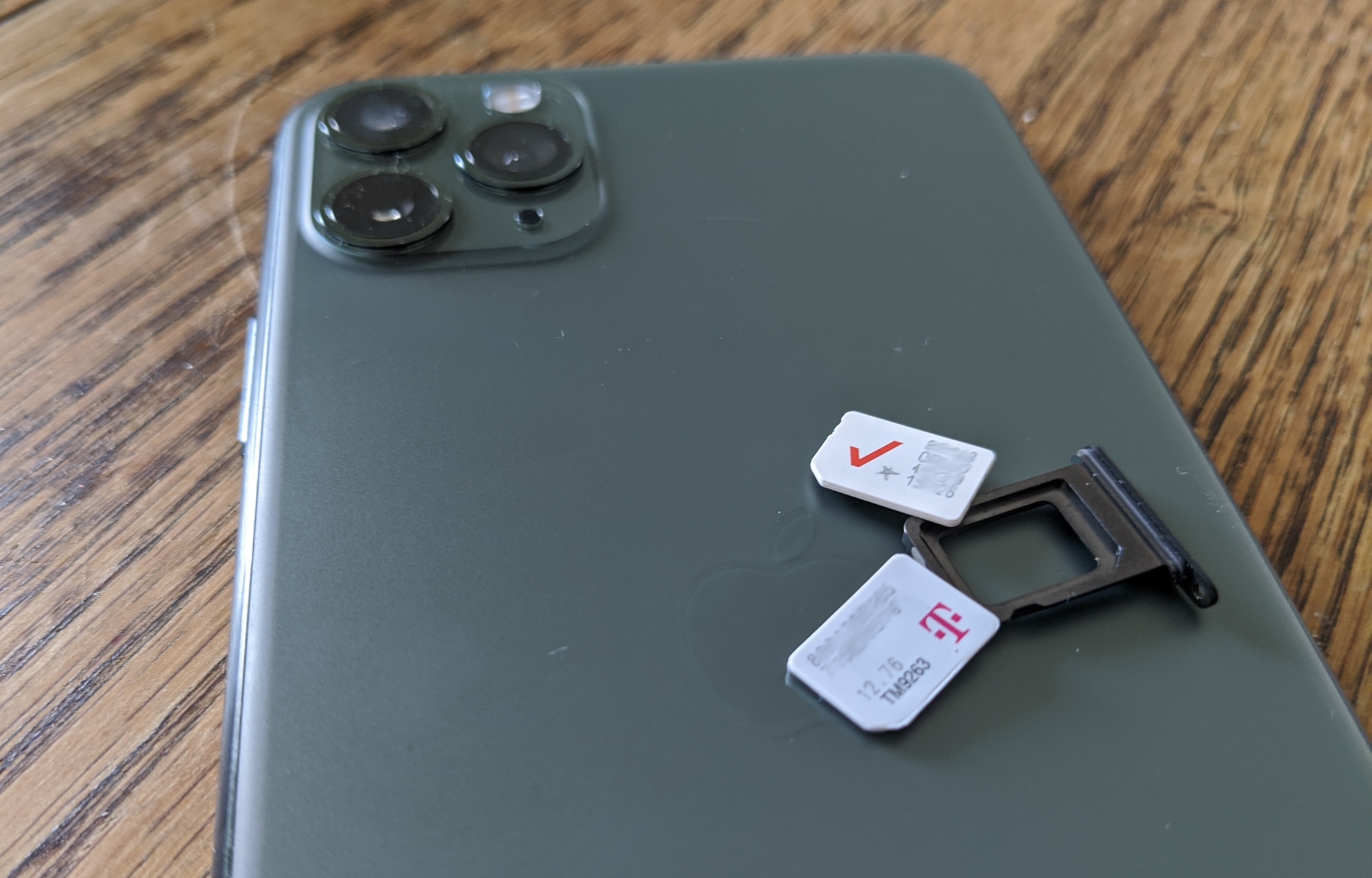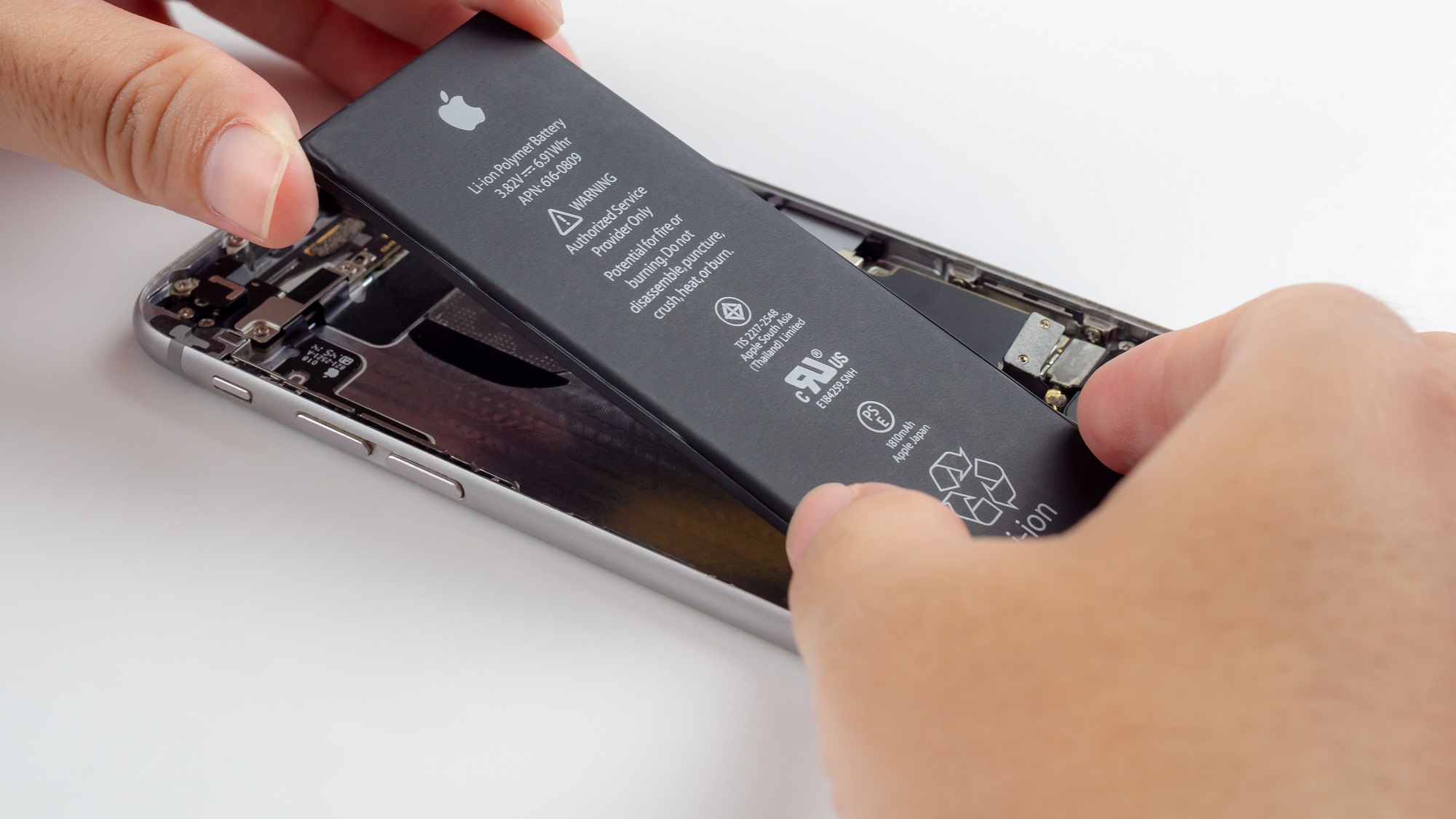5 problems the iPhone 15 should fix — but probably won't
I test phones for a living and these are the things the iPhone 15 needs to fix

Like the rest of Tom's Guide, I'm looking forward to seeing what the iPhone 15, iPhone 15 Pro and iPhone 15 Pro Max bring to the table when they show up later this fall. Reading the rumors about new features like enhanced periscope zoom or the revised design is fun, but there are things about the iPhone lineup that I'd much rather Apple fixed first — though I don't hold out that much hope that it will.
For the mot part, the five points below touch upon stuff other phone companies don't seem to struggle with, but Apple seems to be stuck doing. Maybe it only annoys me because I'm in the unusual position of being able to try a lot of different phones, which means I can see how things could work on iPhones in another universe. I still think these would be worthwhile fixes that even perfectly content Apple adherents would appreciate.
Have a read of them below, and see if you think they're much-needed upgrades that Apple's next iPhone should address (no matter how unlikely they are), or just unnecessary nitpicks.
Faster charging

Something we basically ask for every year is for Apple to increase the speed the iPhone can charge at. This isn't as urgent a concern as it was a few years ago when iPhones could still only charge at a measly 5W, but right now, the iPhone 14 charging speed is still only 20W charging (though some models can draw higher)
It wouldn't take much extra wattage to match the 25W charging you get on a Galaxy S23, but ideally we'd see Apple adopt something faster, maybe like the higher 45W standard that the Galaxy S23 Plus and Galaxy S23 Ultra support. Unfortunately though, this feels unlikely since most iPhone users seem comfortable with their overnight charging ritual, despite the convenience and security that rapid charging can offer.
120Hz displays on non-Pro models

C'moooon, Apple! I know your 120Hz display is called ProMotion, but it's about time you let non-Pro iPhones use it, too.
More seriously, no other company is getting away with selling premium phones with a 60Hz refresh rate. Even Google's just given its $500 Pixel 7a a 90Hz panel, and that's almost half the price of a new basic iPhone.
Get instant access to breaking news, the hottest reviews, great deals and helpful tips.
Even if Apple opted for a 90Hz iPhone 15 refresh rate instead of the Pro model's 120Hz gold standard, it would show Apple fully cares about making all of its phones a premium product, rather than just charging what it can get away with.
Return the SIM tray

I happen to live outside the U.S., so my iPhone 14 Pro Max still has a SIM tray in it. But having seen the eSIM-only iPhone 14 handsets sold in the States, I really hope Apple doesn't continue this with worldwide models, or even reverses its decision for the U.S. version.
eSIMs are convenient, but should be provided only in addition to a physical SIM. The familiar fingernail-sized cards are much easier to swap between devices when you need to. Plus while you can store multiple eSIMs on a device, most phones (the iPhone 14 included) can still only use two SIMs actively at once.
Higher base storage

For most users, a 128GB default storage capacity for a phone is decent. But everyone's generating more and more files, photos and more. And those files are getting larger over time too. That's why I think, at least for the iPhone Pro models, we should get a basic 256GB of storage.
Arguably, Apple should have done this a couple of years ago with the iPhone 13 series. The iPhone 13 Pro introduced video recording in the high-fidelity ProRes format, but you could only record at the maximum 4K resolution if you owned a 256GB or higher model. Surely this is as clear a sign as any that Apple needs to upgrade its default storage options.
Serialized components

This is a problem you've likely not faced unless you've taken a recent iPhone in for repair. Apple pairs key parts of the iPhone, such as the cameras and display, to the phone's motherboard, meaning that unless you get Apple to verify your fix with an in-store repair appointment, or via online support if you use Apple Self Service Repair, you get locked out of using certain features enabled by these parts.
Out of everything I'm asking for, this is probably the least likely thing for Apple to change. But I know for smartphone repair shops and unfortunate users around the world, being able to freely use replacement parts or get repairs done outside of Apple's ecosystem could prove a great benefit.
More from Tom's Guide
- Fake ChatGPT apps are raking in thousands each month — delete these apps now
- 7 hidden iOS features every new iPhone owner needs to know
- Apple Reality Pro to 'far exceed' capabilities of rival headsets

Richard is based in London, covering news, reviews and how-tos for phones, tablets, gaming, and whatever else people need advice on. Following on from his MA in Magazine Journalism at the University of Sheffield, he's also written for WIRED U.K., The Register and Creative Bloq. When not at work, he's likely thinking about how to brew the perfect cup of specialty coffee.
